Unveiled at the same time as the Phone (3a) Pro, the Nothing Phone (3a) is a more affordable but ambitious version. Starting at 350 euros, this smartphone boasts a premium experience, notably by featuring a 2x telephoto lens. With its unique design, Snapdragon 7s Gen 3 chip, triple rear camera setup, and 6.77-inch AMOLED display, the Phone (3a) has some serious arguments for existing on the market. Has Nothing succeeded with the successor to the Phone (2a) and Phone (2a) Plus? We tested Nothing's latest affordable smartphone.
| Nothing Phone (3a) | |
|---|---|
| Screen | - 6.77" Flexible AMOLED Screen - Panda Glass - Full HD+ definition (1080x2392) - Density of 387ppp - Refresh rate 120Hz - HDR10+ - Brightness: 800 nits (Peak: 3000 nits) - PWM 2160 Hz - Linear haptic motor |
| SoC and GPU | - Qualcomm Snapdragon 7s Gen 3 - 4nm engraving - Adreno GPU 800 |
| Memory | - 8GB or 12GB RAM + 8GB RAM Booster - 128GB or 256GB internal storage - No MicroSD memory port |
| Colors | - Glyph Interface - Black - White - Blue - Tempered glass back - Polycarbonate surround - IP64 |
| Camera | - Triple rear camera: - Main camera: 1/1.57", Samsung 50 megapixels, 24mm, 84.5°, F/1.88, OIS and EIS, Autofocus, PDAF - Telephoto camera: 1/2.74", Samsung 50 megapixels, 49.5°, F/2.0, EIS, 2x optical zoom, 4x hybrid, 30x digital - Ultra camera wide-angle: Sony 8 Megapixel, 120°, F/2.2 - TrueLens Engine 3.0 - Ultra XDR - Motion Capture Mode - Portrait Mode - Motion Photo Mode - Lenticular Filter - Night Mode - Panorama Mode - Night Panorama Mode - Document Mode - Expert Mode - Video recording up to 4K at 30fps - Slow Motion Mode in 1080p at 120fps or 720p at 480fps - Wide-angle front camera (89°) - Samsung 32 Megapixel sensor, F/2.2 - Electronic Stabilization (EIS) - Front video recording in 4K at 30fps - HDR Advanced Mode - Motion Photo Mode - Mode Night - Portrait Mode |
| Audio | - Stereo speakers - No 3.5mm jack - 2 microphones |
| Battery | - 5000 mAh battery - HyperEngine 5.0 - 50W wired fast charging (100% in 56 min, 50% in 19 min) |
| Connectivity | - Optical fingerprint reader under screen - Essential Space with an Essential Key - Bluetooth 5.4 - WiFi 6 - 5G - eSIM - 2x nano-SIM - A-GPS+GLONASS, DNLA, Miracast (WiFi Direct), Google Cast - NFC - USB Type-C - Barometer, Gyroscope, Accelerometer - Proximity and light sensor |
| Software | - Android 145 (3 major Android updates) - Nothing OS 3.1 |
| Size and Weight | - 163.52 × 77.5 × 8.35 mm - 201 grams |
| Introduction price | - 349 euros (8GB + 128GB) - 399 euros (12GB + 256GB) |
| Availability Date | - March 11, 2025 |
Summary
Design
Nothing cultivates a very recognizable design approach, characterized by transparent elements that reveal certain internal components, shapes clean geometric shapes and flat edges, offering a futuristic feel. The Phone (3a) continues this tradition with a glass back, a notable improvement over the plastic of the Phone (2a). The manufacturer is of good quality for this model measuring 163.5 x 77.5 x 8.4 mm for 201 g.
The format is pleasant in the hand and the Phone (3a) benefits from an IP64 certification, an improvement compared to the IP54 of the Phone (2a). However, this level of protection remains lower than the IP67 or IP68 standards of some competitors. Among the absences, some will regret the choice to deprive themselves of a 3.5 mm mini-jack socket.
Nothing's visual signature, the Glyph interface, remains the main attraction. On the Phone (3a), it consists of three LED light strips to provide 26 individually addressable zones.
Features include customizable indicator lights for ringtones (including essential contacts), notifications, music playback, a camera timer, and a volume indicator. Some features are gimmicky and sometimes give the impression that the manufacturer is stagnating, especially since third-party app support is struggling to expand significantly. This feature can, however, prove useful in certain cases, such as tracking an Uber ride. Not necessarily useful for everyone, the Glyph interface remains the brand's signature.
Finally, the Nothing Phone (3a) is available in three colors: Black, White, and Blue.
Screen
The Nothing Phone (3a) features a 6.77-inch AMOLED screen, displaying in Full HD+ (2392 x 1080 pixels). The panel benefits from an adaptive refresh rate of 120 Hz and supports a color depth of 10 bits, as well as HDR 10+. On the other hand, Nothing logically ignores LTPO technology. The screen boasts high brightness: 3000 nits peak, 1300 nits in high brightness mode for outdoor use and 800 nits typical.
The Phone (3a)'s neat screen doesn't suffer from any major flaws and proves to be one of the device's strong points. By default, there is a tendency to lean towards slightly cold colors. This can be corrected by activating the "Normal" mode in the Colors settings, and this is enough to make the Phone (3a)'s screen even more pleasant. While there is nothing to complain about in terms of display performance, there are still slightly thick borders.
Performance
The heart of the Nothing Phone (3a) is the Qualcomm Snapdragon 7s Gen 3 processor, engraved in 4 nm by TSMC. It’s an octa-core chip configured as follows: 1 Cortex-A720 main core at 2.5 GHz, 3 Cortex-A720 performance cores at 2.4 GHz, and 4 Cortex-A520 efficiency cores at 1.8 GHz. The graphics part is provided by the Adreno 710 GPU clocked at 940 MHz. The chipset also integrates the Qualcomm AI Engine artificial intelligence engine and the Hexagon NPU.
The smartphone adds 8 GB to 12 GB of RAM and Nothing highlights a “RAM Booster” function of up to 20 GB. Classic, it uses part of the internal storage as virtual RAM, but this mainly helps for background applications. Indeed, the benefit is limited on active performance due to the slower speed of the storage compared to physical RAM. Internal storage options are 128GB or 256GB.
An efficient smartphone
Benchmarks position the Snapdragon 7s Gen 3 as a solid mid-range solution in 2025:
| Xiaomi Redmi Note 14 Pro+ 5G | |
|---|---|
| SoC | - Qualcomm Snapdragon 7s Gen 3 (4 nm) - CPU: 1 x Cortex-A720 up to 2.5 GHz, 3 x Cortex-A720 up to 2.4 GHz, 4 x Cortex-A520 up to 1.8 GHz - GPU: Adreno 710 |
| AnTuTu | - 796414 - CPU: 262229 - GPU: 202372 - Mem: 168868 - UX: 162945 |
| Geekbech 6 CPU (single-core / multi-core) | 1184 / 3352 |
| Geekbech 6 GPU ( OpenCL / Vulkan) | 3318 / 4444 |
| WildLife Extreme (score / average fps) | 1059 / 6.34 |
| Steel Nomad Light (score / average fps) | 382 / 2.83 |
Rather than raw performance, the Nothing Phone (3a) prioritizes balanced performance and energy efficiency. In use, this results in a generally smooth experience for navigating the interface, multitasking, and applications. Slight slowdowns may occur during very demanding tasks, such as very heavy applications, or after prolonged standby.
In games, the Phone (3a) holds its own and runs most titles on the Play Store in good conditions. However, it is not designed as a gaming smartphone, and limitations appear on the most demanding titles. You will have to make concessions on certain graphics settings to maintain good fluidity. The last piece of good news is that the smartphone remains relatively cool and only heats up moderately during extended gaming sessions or intensive tasks.
Software
The London firm's smartphone runs Nothing OS 3.1 out of the box, an overlay based on Android 15. The OS is at the heart of the Nothing experience, which boasts a clean and fast approach, without unnecessary pre-installed apps (bloatware). An idea close to that of stock Android with a clean and strong visual identity, including monochrome fonts, icons, widgets, and animations.
Similar to what we saw on the Pro variant, the emphasis is on customization and reducing distractions. There's a little Pixel feel with the Nothing touch in the Phone models. One of the unique features of this series is the presence of a new physical button called Essential Key, located under the power button. It allows you to quickly interact with Essential Space, the manufacturer's new AI-branded feature.
A button dedicated to an AI function: Essential Space
This application takes the form of a centralized hub in which the user can organize various content, including screenshots, voice notes, or links. The AI will analyze this content to generate summaries, suggestions, or even propose task lists and extract important information. A sort of improved Google Keep, which can quickly become your reminder.
This AI tool is quite effective, and quick access via a simple button may encourage you to discover it. A single tap takes a screenshot, a long tap records a voice note, and a double tap opens the app. While the idea of creating a centralized space is appealing, Essential Space comes across as a promising feature rather than a must-have tool. The ways to add content are limited, and the interface could be more efficient, which could happen in the coming months.
Personally, I like the idea of having a feature like Essential Space on my smartphone to organize my thoughts. However, I'm not sure I need a new physical button... especially not this replacement. Nothing decided to place it just below the power button, and even after several weeks of testing, I still tend to reverse the two buttons.
Quite little AI and three years of system updates
Apart from this feature, there isn't much AI-related on the Phone (3a). The choice may be surprising in 2025, and even if many features are anecdotal, we are surprised to find no photo editing or translation functions.
As for software support, Nothing is committed to providing three years of major Android updates and ten years of security patches. This is a solid policy for the mid-range, but less than the support promised by the best Android players (four to seven years for some manufacturers).
Photo
The Nothing Phone (3a) features a triple rear camera system and can even offer a telephoto lens. In this price range, it is rather rare to find a real zoom lens and we can only be pleased with the manufacturer's decision.
The photo configuration is as follows:
- Main sensor (Samsung) 50 megapixels, aperture f/1.88, focal length 24 mm, sensor 1/1.57″, optical (OIS) and electronic (EIS) stabilization.
- Telephoto lens (Samsung) 50 megapixels, aperture f/2.0, focal length 50 mm, sensor 1/2.75″, 2x optical zoom
- Ultra wide-angle (Sony) 8 megapixels, aperture f/2.2, focal length 15 mm, field of view 120°, sensor 1/4.0″
On the front, the brand offers a 32-megapixel selfie camera with an f/2.2 aperture. In addition to this configuration, processing is provided by the TrueLens Engine 3, which combines hardware and advanced calculation algorithms, AI processing and multi-image technology for photos announced as realistic.
Main sensor
The 50-megapixel main sensor proves itself in broad daylight, producing detailed shots. On the other hand, it can struggle in low light or with certain processing decisions.
Telephoto
The presence of a telephoto lens is an excellent surprise, even if it is only a 2x optical zoom (Nothing promises 4x "without loss of quality"). Its presence is clearly a major asset for the smartphone, especially since it does more than just make up the numbers and produces good shots at 2x and 4x zoom.
A very useful presence, especially for portraits and distant subjects. On the downside, the Phone (3a) sometimes struggled to focus, and this appears to be due to a software issue that an update could fix.
Ultra-wide-angle
This is the weak point of the Phone (3a)'s "photo" system. The company focuses its efforts on the other two modules and limits itself to an 8-megapixel module. This limited definition allows the device to create an illusion, but the image quality is average due to the lack of detail. Inevitably, this becomes much more complicated once night falls, and the night mode doesn't save the results.
Finally, the portrait mode and the macro function (which uses the main sensor) produce good shots. On the video side, the smartphone records up to 4K at 30 frames per second and 1080p at 30, 60 or 120 fps, with optical and electronic stabilization.
Autonomy
The Nothing Phone (3a) follows current standards by equipping itself with a 5000 mAh battery. Even if more and more models exceed 6000 mAh, this capacity remains comfortable and allows you to enjoy solid autonomy.
The Phone (3a) will easily last a very good day of use, with the possibility of finishing the day with 20 to 40% battery. It will therefore be possible to achieve a day and a half of use, or even two days with moderate use.
The phone supports 50W wired charging, with the promise of "a day of battery life in less than 20 minutes." In fact, we get close to 50% in 20 minutes and it takes just under an hour (56 min) to reach 100%. A very decent result, especially compared to models from Samsung or Google. On the other hand, some Chinese devices do even better in this segment. Finally, the charger is not included in the box and this mid-range model does not offer wireless charging or reverse charging.
Value for money
Launched at 349 euros, the Nothing Phone (3a) enters a segment where competition is fierce. It faces models like the Honor Magic7 Lite, the Xiaomi Poco X7 Pro and, depending on the promotions, mid-range leaders like the Samsung Galaxy A56 and the Google Pixel 8a.

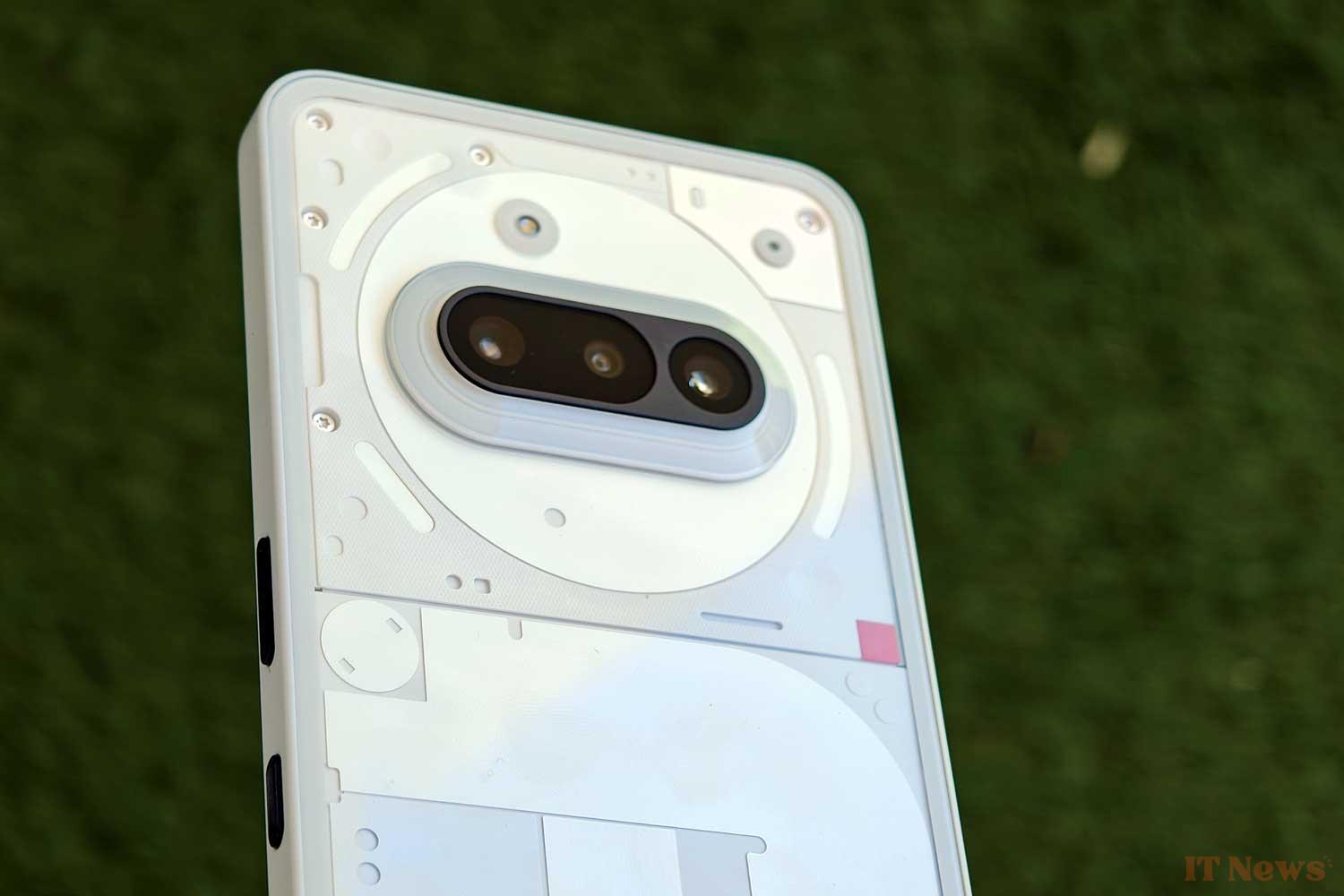

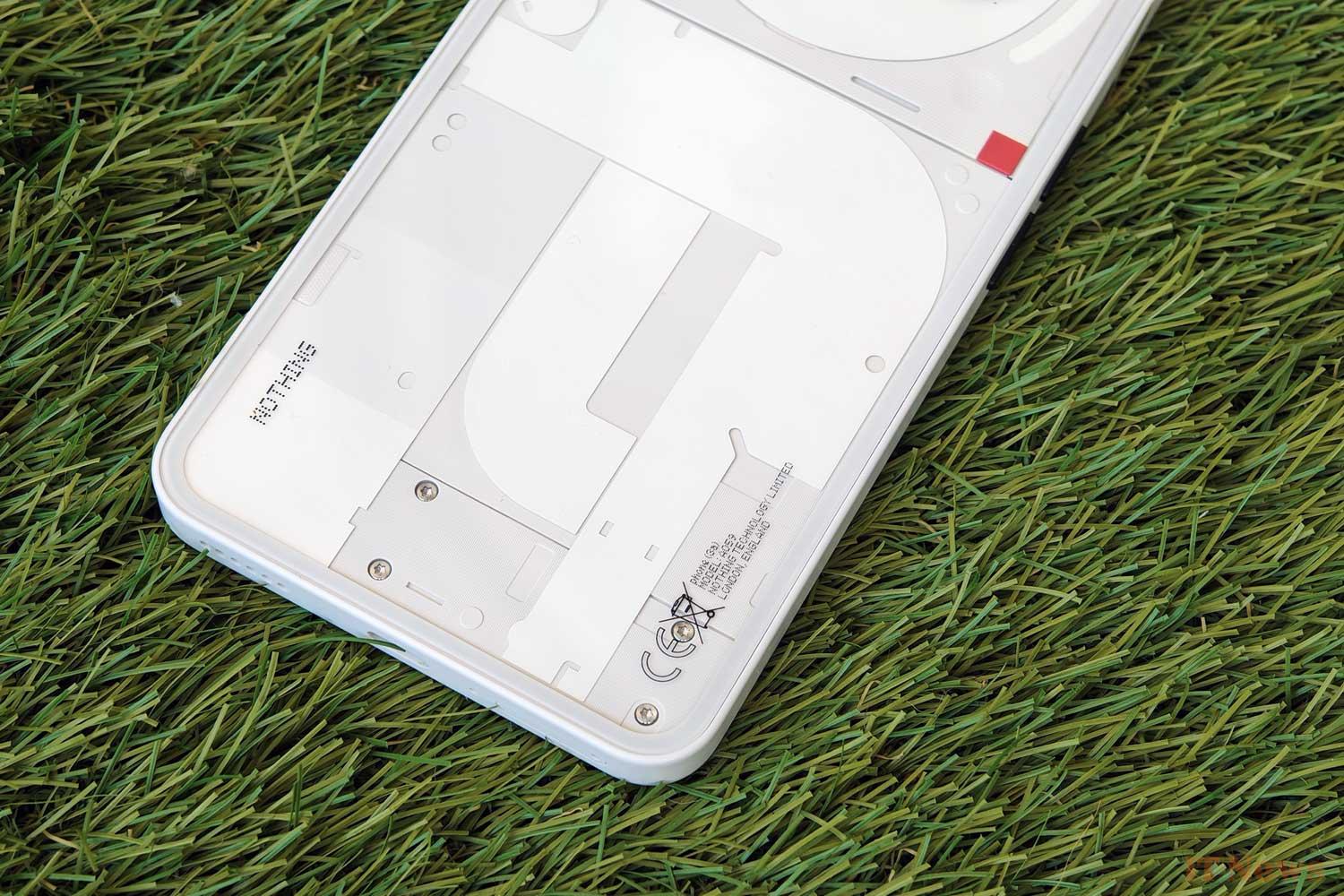
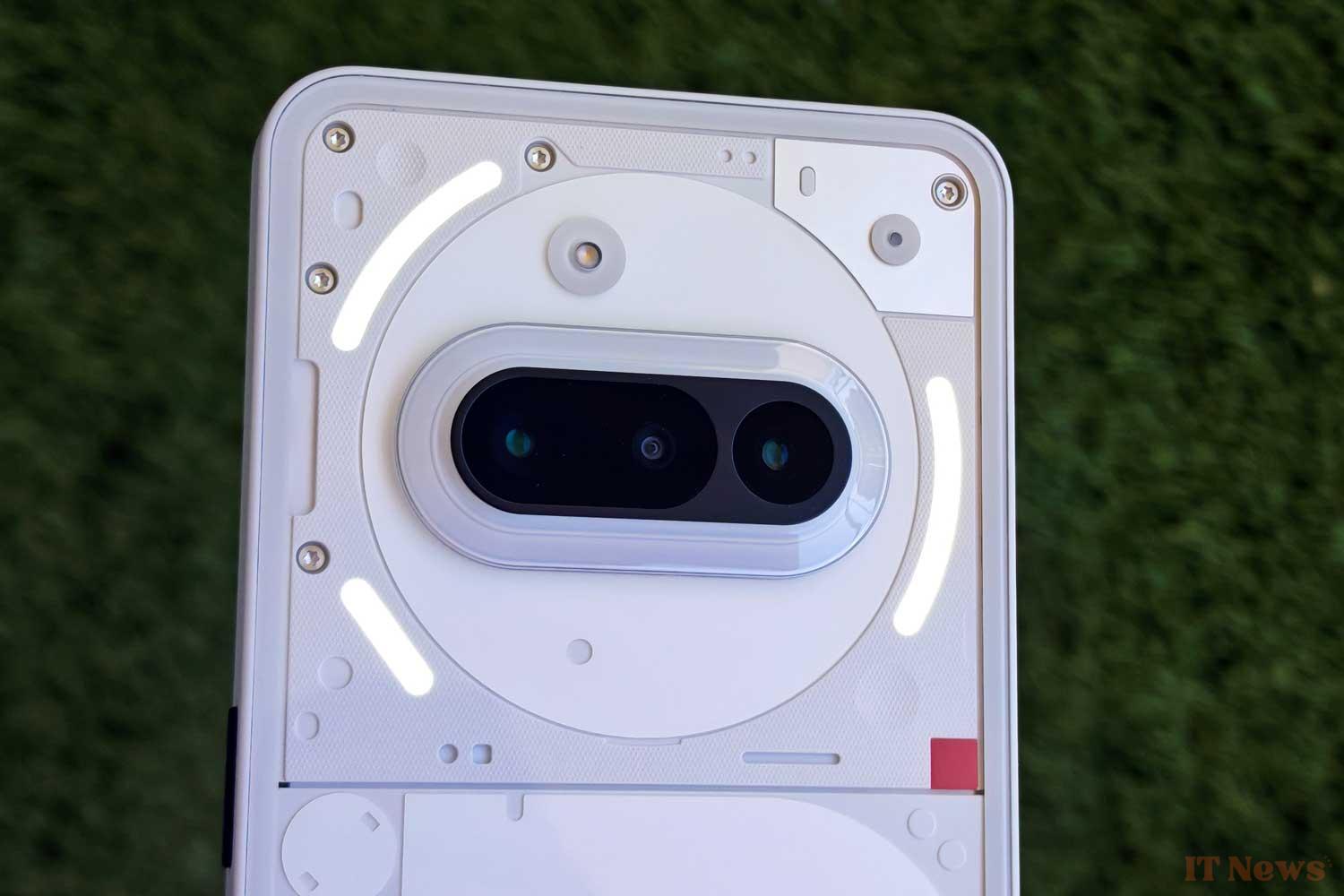
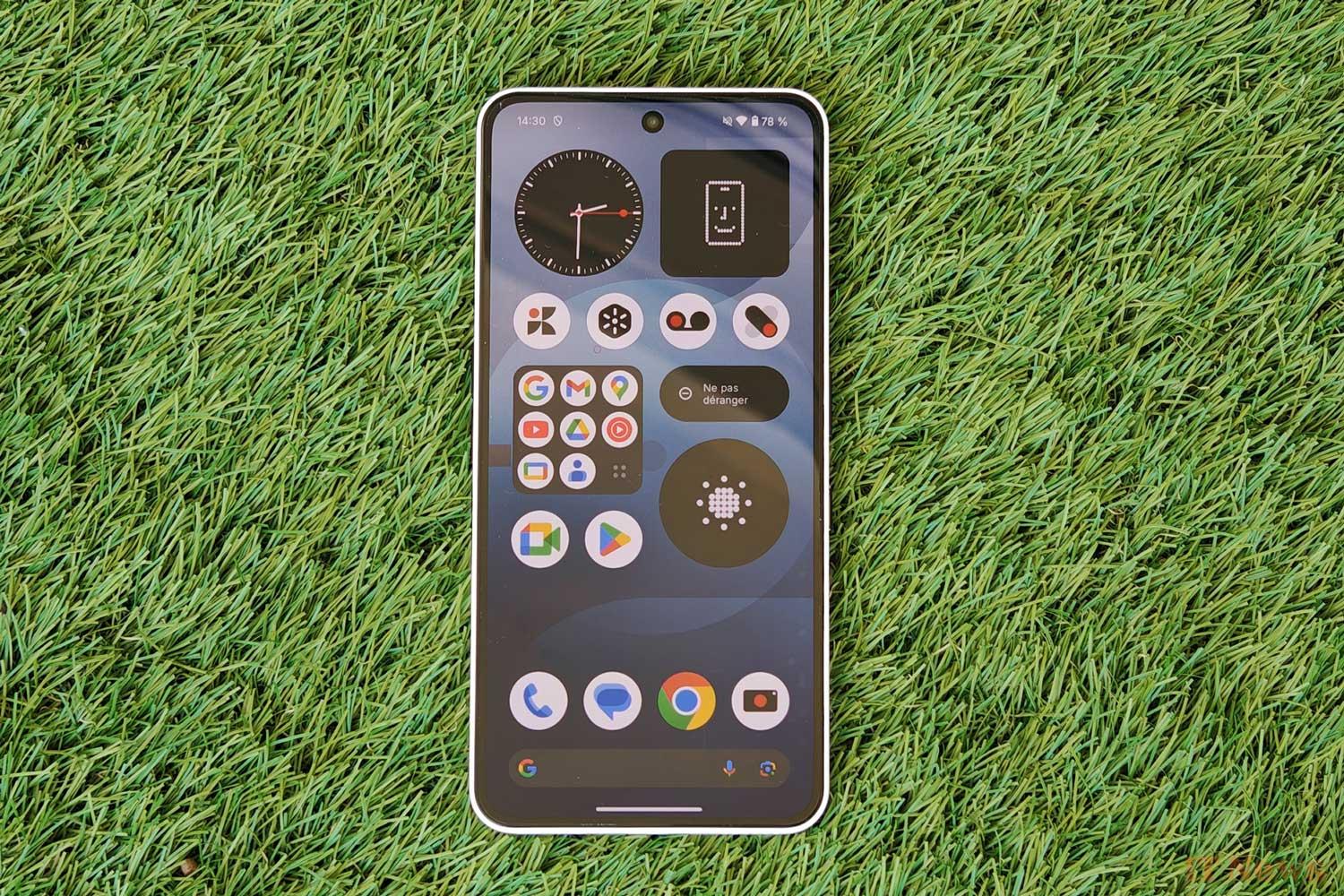
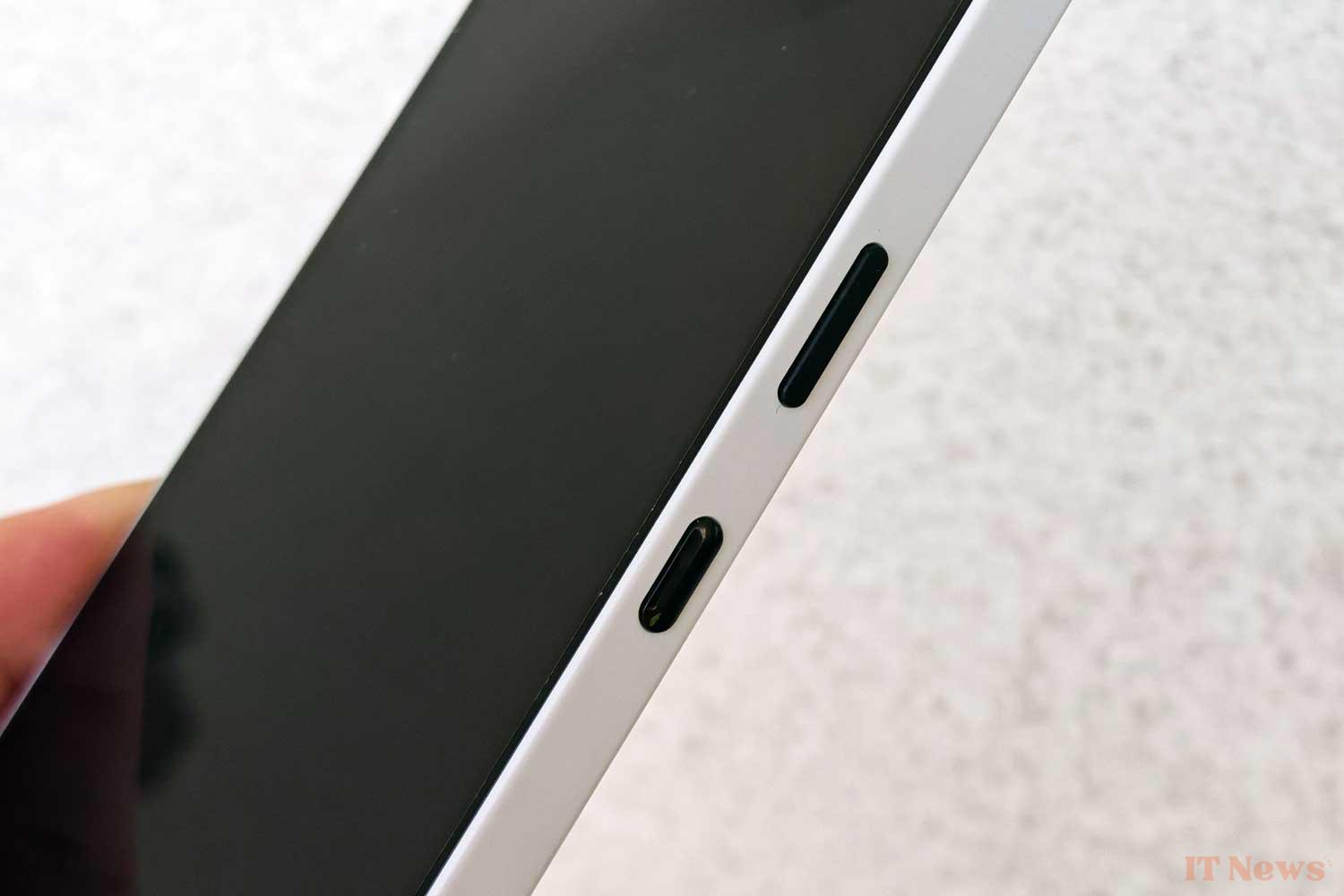


0 Comments